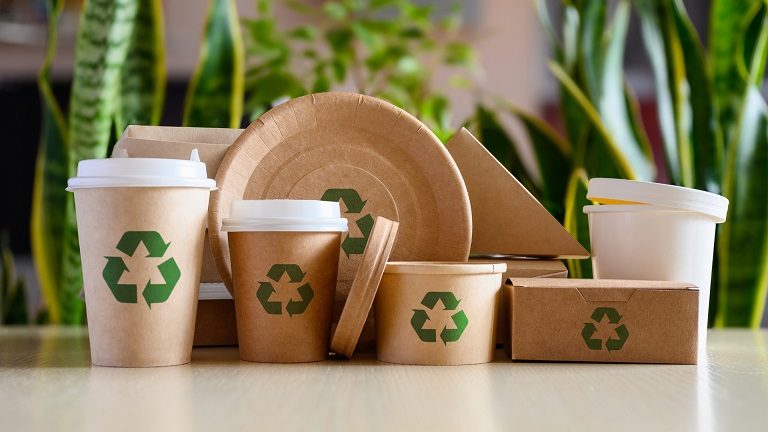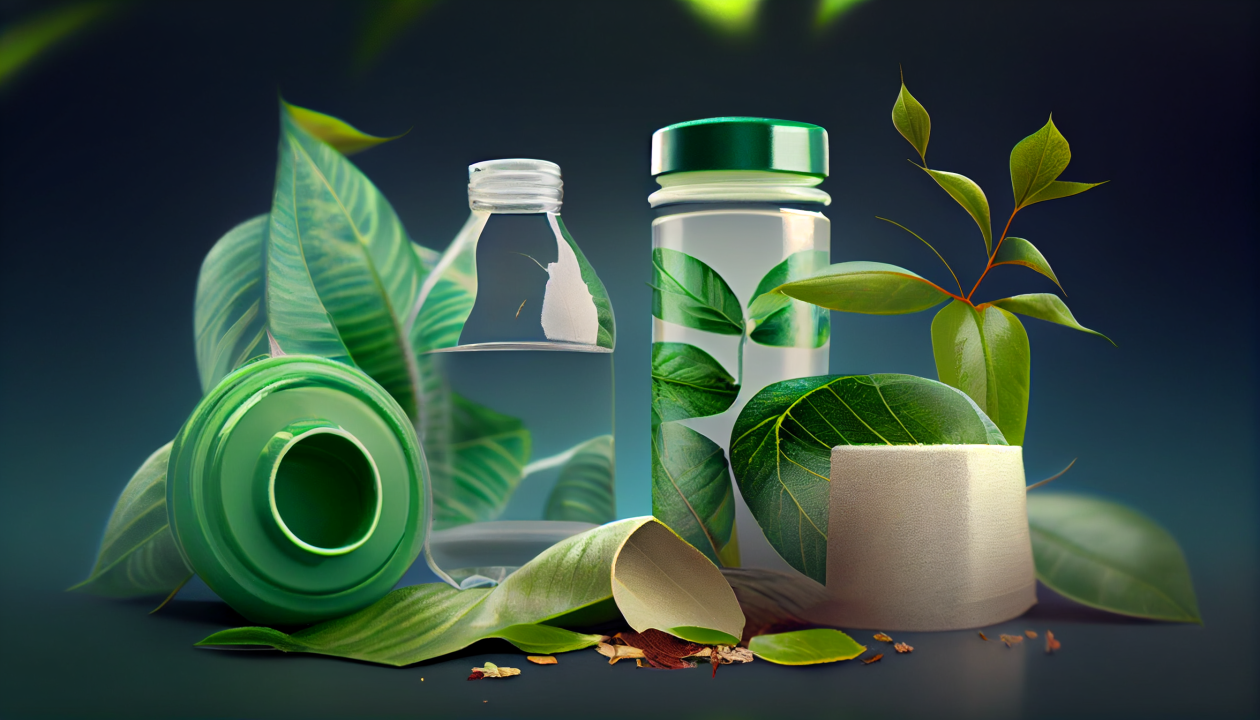In an era where environmental consciousness is not just a trend but a necessity, the exploration of sustainable alternatives to traditional materials has become vital. Among these alternatives, bioplastics have emerged as a promising solution, revolutionizing the concept of packaging with their eco-friendly properties. But, what is bioplastic? This term refers to a type of plastic that is derived from renewable sources, such as plants and microorganisms, offering a more sustainable option compared to conventional, petroleum-based plastics. Let’s delve deeper into the world of bioplastics and understand their potential in driving a more sustainable future.
Unpacking Bioplastics: A Greener Alternative
Bioplastics are not a monolithic entity; they come in various forms and compositions. Primarily made from renewable biomass sources, these materials can significantly reduce our reliance on fossil fuels and decrease greenhouse gas emissions. This section explores the different types of bioplastics, such as PLA (polylactic acid), PHA (polyhydroxyalkanoates), and biodegradable polyesters, highlighting their distinct features and applications. From packaging food to creating disposable utensils, bioplastics are carving a niche in numerous industries.
The Environmental Impact of Bioplastics
Transitioning to bioplastics offers a transformative approach to dealing with waste and pollution. One of the most compelling advantages of bioplastics is their potential for biodegradability and compostability. This section delves into how bioplastics, under the right conditions, can break down much faster than traditional plastics, thereby reducing landfill mass and ocean pollution. It also addresses the energy consumption and carbon footprint associated with the production of bioplastics, providing a comparative analysis with conventional plastics.
Challenges and Innovations in Bioplastic Production
While bioplastics hold great promise, their journey towards widespread adoption is not without challenges. This part of the article examines the hurdles in producing bioplastics at scale, such as resource competition (using land for plastic production vs. food production) and the current limitations in biodegradation technology. It also shines a light on the innovative strides being made in the industry, like the development of bioplastics from non-food sources (e.g., algae, cellulose) and advancements in enhancing the functional properties of bioplastics to match those of their synthetic counterparts.

Bioplastics in Action: Real-World Applications
The application of bioplastics goes beyond just packaging; it’s reshaping numerous sectors. This section provides a glimpse into how bioplastics are being utilized in various industries – from medical devices and automotive parts to textiles and electronics. It showcases specific examples of bioplastic use in everyday products, illustrating the material’s versatility and potential for replacing traditional plastics in a multitude of applications.
In summary, bioplastics represent a significant step forward in the quest for sustainable materials. As technology advances and awareness grows, these eco-friendly alternatives are poised to play a crucial role in shaping a greener, more sustainable future. Their impact on reducing reliance on fossil fuels, cutting down greenhouse gas emissions, and offering a viable solution to plastic pollution is a testament to the innovative spirit driving environmental change. As society continues to embrace sustainable practices, bioplastics are likely to become an increasingly common sight in our daily lives, marking a pivotal shift in how we approach materials and their impact on the planet.


